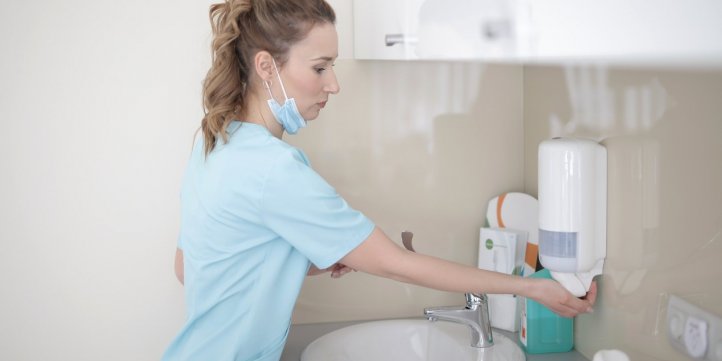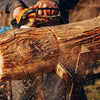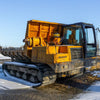Why gender tailored PPE is more important than ever

For many businesses, especially in the wake of the coronavirus pandemic, personal protective equipment (PPE) has become a workplace staple.
There is a huge range of protective workwear and PPE available, but many industries often take a “one size fits all” approach, disregarding the importance of tailoring PPE towards the user. In male-dominated industries such as construction where women account for less than 15% of the total workforce, the need for gender-specific PPE is often overlooked. Even in healthcare sectors where women account for 77% of the workforce, many are left with PPE designed for use by men, which can lead to ill fitting equipment. To properly protect staff, having gender tailored PPE is more important than ever.
Women Dominate the Healthcare Industry
The need for high performing, good quality PPE and workwear in the healthcare industry has never been greater due to the emergence of COVID-19. This makes women the most exposed gender to the virus, given that more women than men work in this sector. Well fitting PPE can literally make the difference between life and death, making items designed and sized for gender an important consideration.
More Women Now Work in Construction
Although some lines of work are typically more male-dominated, more and more women are entering construction and other blue-collar industries. While this is a much-welcomed change, employers must embrace, adapt, and respect this shift when it comes to workwear too.
The openness and willingness to accept women into these sectors will undoubtedly encourage more women to enter the industry with confidence. With the housing market booming and the construction market seeing soaring demand, welcoming women into these lines of work could be just what the industry needs; but again it is vital that appropriately sized, designed and fitted workwear is a prime consideration for those businesses with a mixed-gender workforce.
Keeping Workers Safe
Safety at work should be a top priority for all employers, women included. Women are typically smaller than men, and safety goggles, respirators, and face masks may not fit tightly enough as a result. This can leave gaps where there shouldn’t be and decrease the effectiveness of the PPE. Similarly, smaller hands also require smaller gloves, otherwise the wearer is more likely to have poor grip, leaving to more workplace injuries.
With the catastrophic impacts of coronavirus, this is now more important than ever, not just in construction industries but also in retail, hospitality, healthcare, and any other front-line job. Not using gender tailored PPE puts team members at risk unnecessarily. As an employer, it is your responsibility to offer access to properly fitted PPE, designed with the user in mind.





